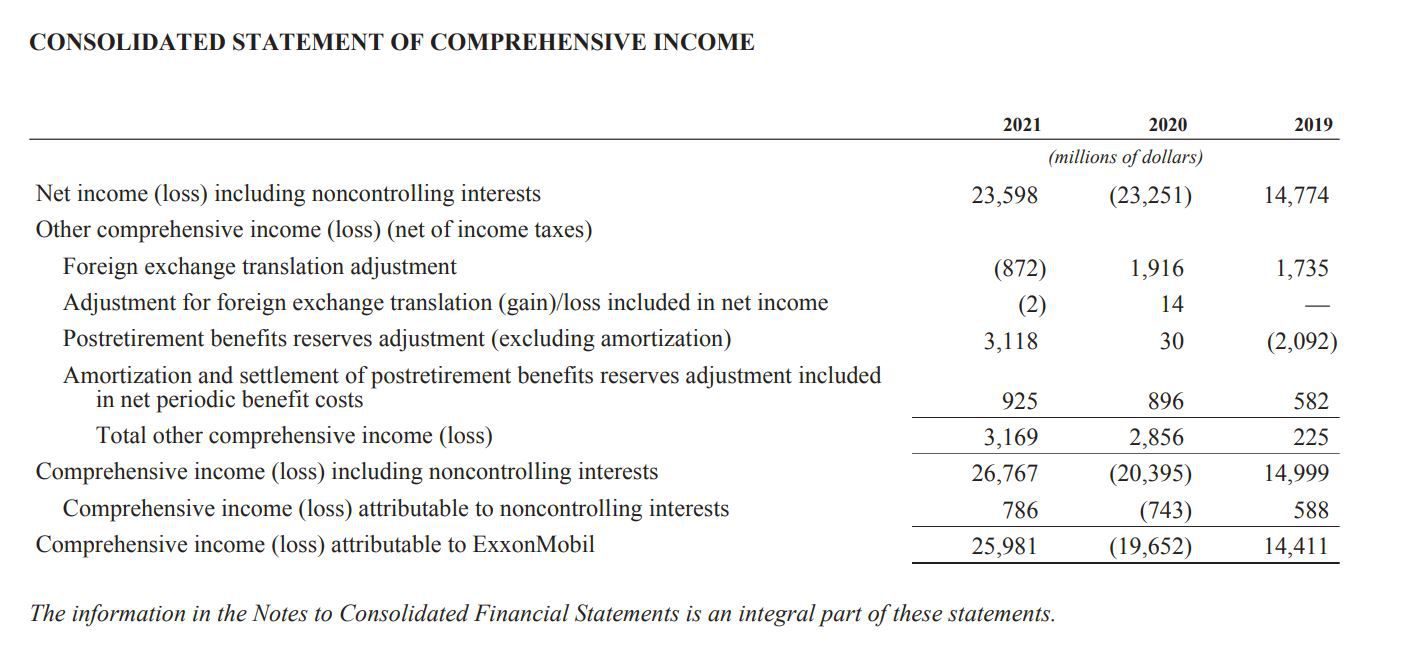

Finance
True Strength Index (TSI) Definition
Published: February 11, 2024
Learn about the True Strength Index (TSI) in finance, a powerful indicator for assessing market momentum and identifying potential trading opportunities.
(Many of the links in this article redirect to a specific reviewed product. Your purchase of these products through affiliate links helps to generate commission for LiveWell, at no extra cost. Learn more)
Understanding True Strength Index (TSI) in Finance
Welcome to another informative blog post in our finance category! Today, we are going to demystify a powerful technical indicator called the True Strength Index (TSI) and explore how it can be used to make smarter investment decisions in the financial market. Whether you are a seasoned trader or a newcomer to the world of investing, understanding and utilizing the TSI can help you navigate the complexities of the market with confidence.
Key Takeaways:
- The True Strength Index (TSI) is a technical analysis tool that measures the strength and direction of a stock or market asset’s price movement.
- By providing a more accurate representation of momentum, the TSI can help traders identify potential buying and selling opportunities.
Now, let’s dive deeper into what the True Strength Index is and how it can benefit your investment strategy.
What is the True Strength Index?
The True Strength Index (TSI) is a versatile technical indicator that reveals the strength of a stock’s price movement while taking into account both its short-term and long-term momentum. It was developed by William Blau and is designed to filter out the noise in price fluctuations, providing traders with a clearer picture of the underlying trend.
How Does the TSI Work?
To calculate the TSI, two moving averages are used: a short-term moving average (fast TSI line) and a longer-term moving average (slow TSI line). The difference between the two moving averages is divided by the absolute sum of the two moving averages, and the result is then multiplied by 100 to derive the final index value.
When the TSI line crosses above the signal line (usually a 9-day moving average of the TSI), it suggests a bullish signal, indicating that the stock’s price is expected to rise. Conversely, when the TSI line crosses below the signal line, it generates a bearish signal that suggests a potential downward price movement.
Utilizing TSI in Your Investment Strategy
The True Strength Index can be a valuable tool for both short-term traders and long-term investors. Here are a few ways you can incorporate the TSI into your investment strategy:
- Identify Bullish and Bearish Divergences: By comparing the TSI with the stock’s price movements, traders can identify divergences that can signal potential trend reversals. For example, if the stock’s price continues to rise while the TSI is trending downwards, it could indicate an upcoming correction.
- Confirming Trend Strength: The TSI can help confirm the strength of a trend. When the TSI remains consistently above the zero line, it indicates a strong uptrend, while staying below the zero line suggests a strong downtrend.
- Generating Buy and Sell Signals: Traders can use TSI crossovers as buy and sell signals. Buying when the TSI crosses above the signal line and selling when it crosses below the signal line can help optimize entry and exit points.
- Setting Stop-Loss Levels: By setting stop-loss levels based on TSI support and resistance levels, traders can better manage their risk and protect their investment from significant downturns.
However, it’s important to note that no technical indicator is foolproof, and the TSI should be used in conjunction with other analysis methods and risk management practices.
Conclusion
The True Strength Index (TSI) is a powerful technical indicator that can provide valuable insights into market trends and momentum. By incorporating the TSI into your investment strategy, you can make well-informed decisions and improve your chances of success in the financial market. Remember to always do thorough research, seek professional advice, and understand the limitations of any indicator before making any investment decisions.
Thank you for reading this blog post on TSI Definition. We hope you found it informative and that it empowers you to take your investment strategy to the next level. Stay tuned for more finance-related content on our website!














